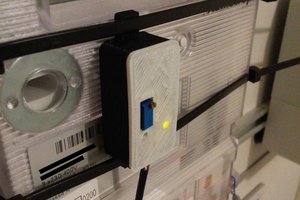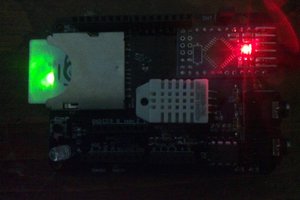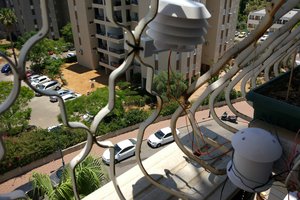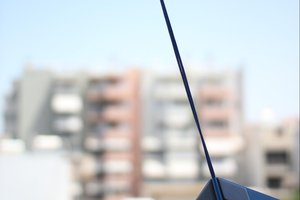Underlying principles:
User Serviceable - As much as absolutely possible should be repairable by an end-user with basic craft skills and basic training. This means that as many components as possible should be considered easily sourced and low-cost, world-wide.
Deployable to 3rd world or developing nation - No assumed infrastructure. Ideally as a stand-alone device that does not require any existing grid or resources (apart from atmosphere, a little water and something to tie it down to).
Tethered - Something to strong enough to stop it blowing away, light enough not to drag it down. Conductors to transfer energy down and narrow tube or cavity (can be quite narrow) to bleed hydrogen up.
Low Cost - Ideally low cost (sub $100-200) with a rapid return on investment and minimal ongoing costs for maintenance.
 hickss
hickss




 jlbrian7
jlbrian7
 Victor
Victor
 Manolis Nikiforakis
Manolis Nikiforakis
The ballon will loose air, if you can use a semi solar oven design to maintain a reasonable amount of hotair in the ballon, you will be able to keep it up for far longer (you are limited by hight, but even at 60ft above the ground you can get some wind. If you can build a tether that anchors it to the ground, and allows it to pivot for th angle thathas the greatest energy pull from your turbine power plant. like a scramjet, if you can increase the wind path through a larger input and create a slight vortex pattern to the flowing air, you can push the turbine faster.
A weather ballon will last 6 days. If you coat the weather balloon with another one (double layer, it will increase, if you can apply a tire sealant between the layers, that may increase the life span. 3ballons (all with two cores ) will increase the lifting weight-- but the balloons are not a long term solution, you must keep it tethered, I would build an A-frame, to take over the weight, three triangular, identical skeleton frames, with a hoist that lets you modify and upgrade the generator.